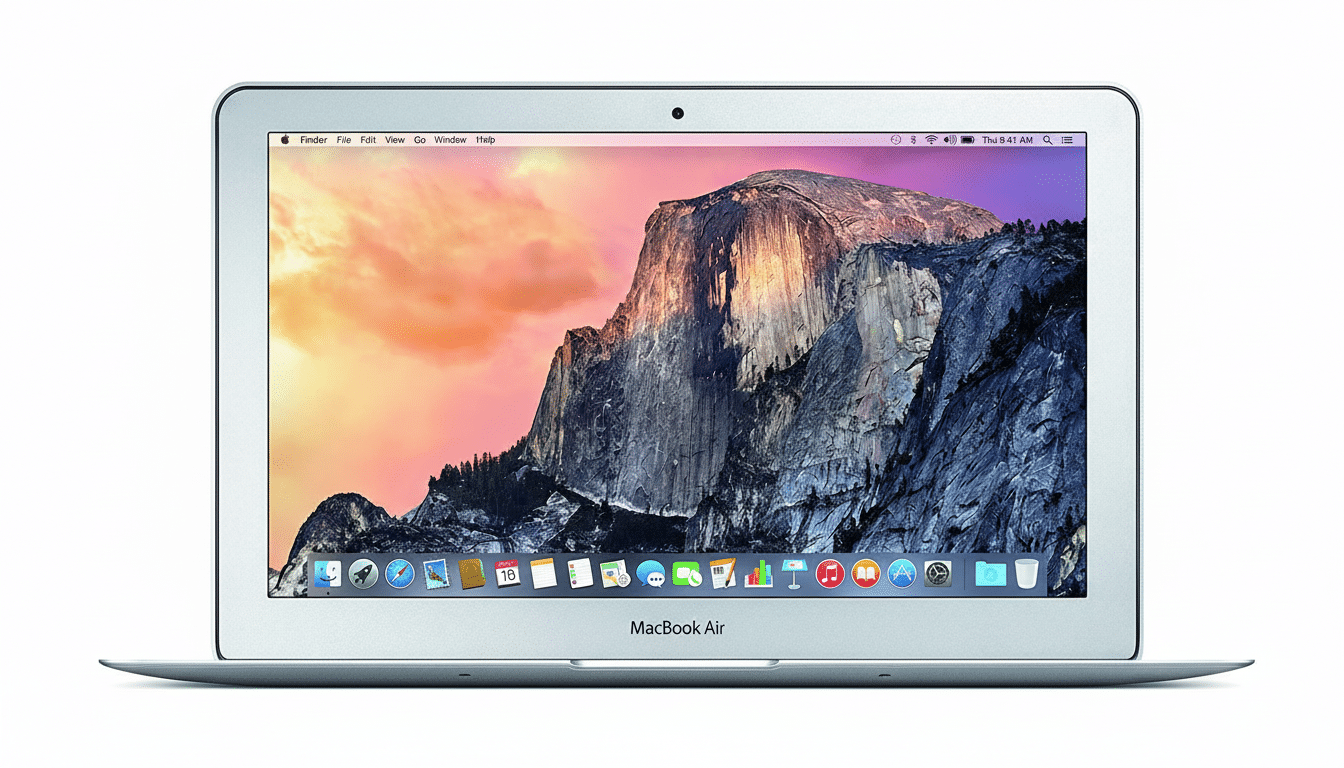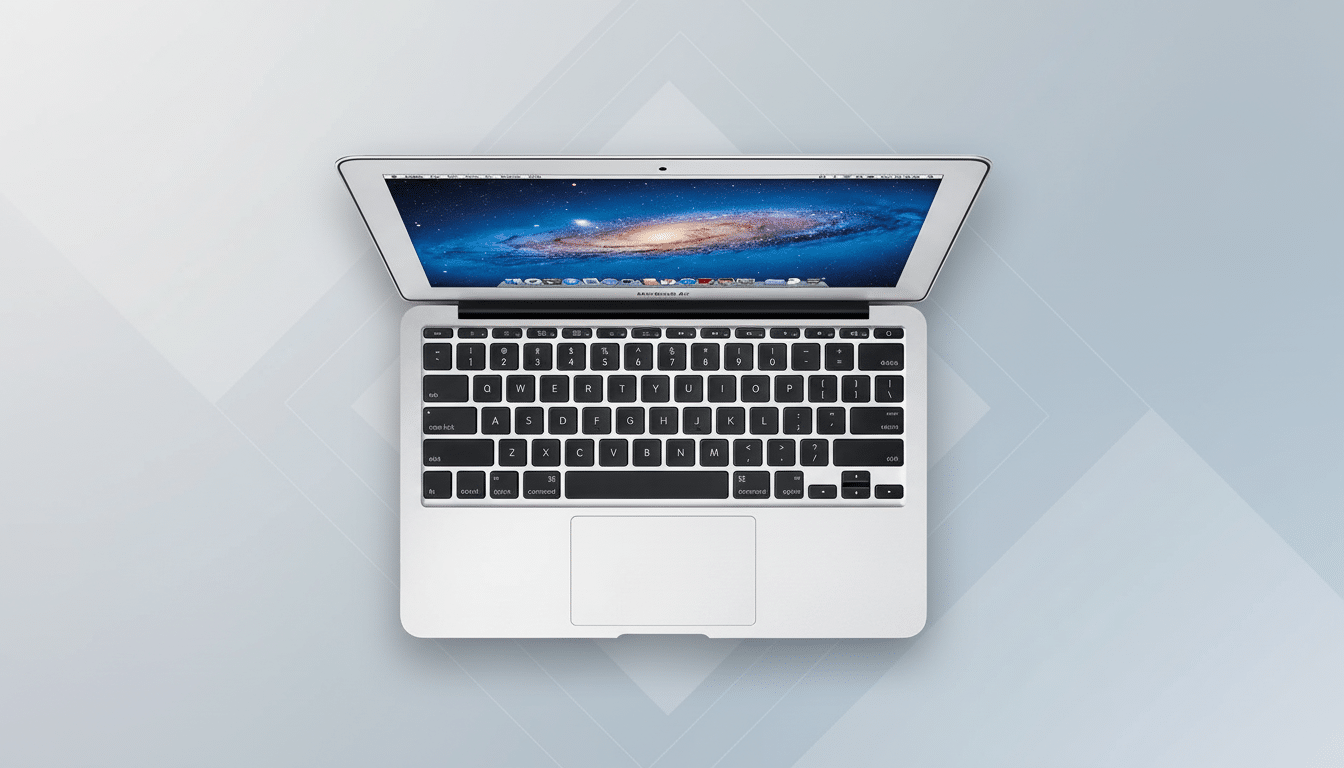Apple’s added three more Macs to its vintage and obsolete products list, including the final 11‑inch MacBook Air. The transition makes a freeze on first‑party hardware service at Apple Stores and authorized providers official, barring rare cases where parts and service stocks on specific repair issues are still around.
What ‘obsolete’ means for owners
By Apple’s support policy, a product is obsolete if it has been more than seven years since the manufacturer last distributed it. After that Apple and its authorized network don’t offer hardware repairs and parts, with the possible exception of battery replacements being still valid for a wider time window for Mac notebooks if stock is available. Apple details its requirements for vintage/obsolete status via its support pages and it appears consistent for Mac, iPhone, and iPad products.

For the 11‑inch MacBook Air, it means official logic board, keyboard, and retina display replacements are no longer provided. Software support for that generation was already winding down; it no longer runs the latest versions of macOS, with security updates smattered only as long as Apple provides for older branches. Users themselves should trade the same caution, especially if the machine touches sensitive data or corporate networks.
Why the 11‑inch Air was important
The littlest MacBook Air found itself much loved by travelers, students, journalists, and field technicians. Its appeal was simple: a briefcase-shrugging footprint, baseball-game battery life for its time and enough performance to handle writing, web work and light photo edits. Wide fleets of these machines were standardized on by many organizations because they were sturdy, cheap to deploy and easy to support at scale.
That generation is also before Apple moved to its T‑series security chips and transitioned across the board to Apple silicon, which had a tangential benefit for longevity: components like the PCIe SSD and battery were modular. Independent repair shops and enthusiast vendors including iFixit and OWC have long offered replacement drives, batteries, and I/O parts, prolonging the life of the model beyond its official support lifespan.
Two additional Macs become obsolete
Apple is also considering two other Intel‑based Macs obsolete, in addition to the 11‑inch Air. Like the Air, these models also fell out of Apple’s seven‑year distribution window. For owners, the advice is the same: prepare for first‑party repair support to disappear and prepare for independent service or replacement depending on condition and requirement.
It’s also common for Apple to make these types of changes in batch, with inventories dwindling down and product families aging out as a group. Enterprise IT teams, in particular, frequently rely on these dates to plan the retirement and re‑allocation of devices and management vendors also support these practices by advocating for proactive refresh cycles to ensure that security baselines are up‑to‑date.

What you can do indirectly if you own one
Start with a thorough backup. If you’re going to keep that 11‑inch Air in service, take a moment to ensure that your browser of choice and critical apps remain updated, and kick in disk encryption if it isn’t already active. If the cycle count is too high, think about replace battery, which can significantly improve usability. Since the SSD is replaceable in that generation, swapping in a larger or faster drive sourced from a reliable third party can be a life extender for basic tasks.
Independent repair is still an option. Although Apple no longer offers parts for obsolete systems, very high-quality aftermarket parts are available and the 11‑inch Air is one of the more serviceable designs to come out of the modern Mac era. Seek out techs who give you a record of never-before-used parts originating from the source of the manufacturer’s warranty. If the cost of repairs starts to approach the cost of a new machine, consider questions about energy efficiency and security and the performance improvements you would see by migrating to Apple silicon.
Small laptops, bigger picture
Apple’s transition with the new MacBook Air series has made it increasingly difficult to get a compact notebook, if that’s what you are looking for. Some people fill the void with an iPad and keyboard case, or they make the jump to the MacBook Air, which has a larger display for better battery life and the latest features. Industry analysts have sporadically rumored the return of a compact MacBook form factor, but Apple has not announced as much.
The obsolescence date doesn’t wipe out the 11‑inch Air’s legacy. It established a prototype of portable computing that has informed the current MacBook Air: thin, quiet, reliable, and efficient. For a lot of us, it will stick around as a travel machine, a writing laptop, or a dedicated streaming and browsing device—but with the realization that its official support is at an end.
As ever, the most accurate sources for status changes like this are Apple’s own support documentation and service communications. For those unclear about whether their model is eligible for battery service or other exceptions, an Apple Store or authorized provider can verify the device by looking at its serial number and part supply.

